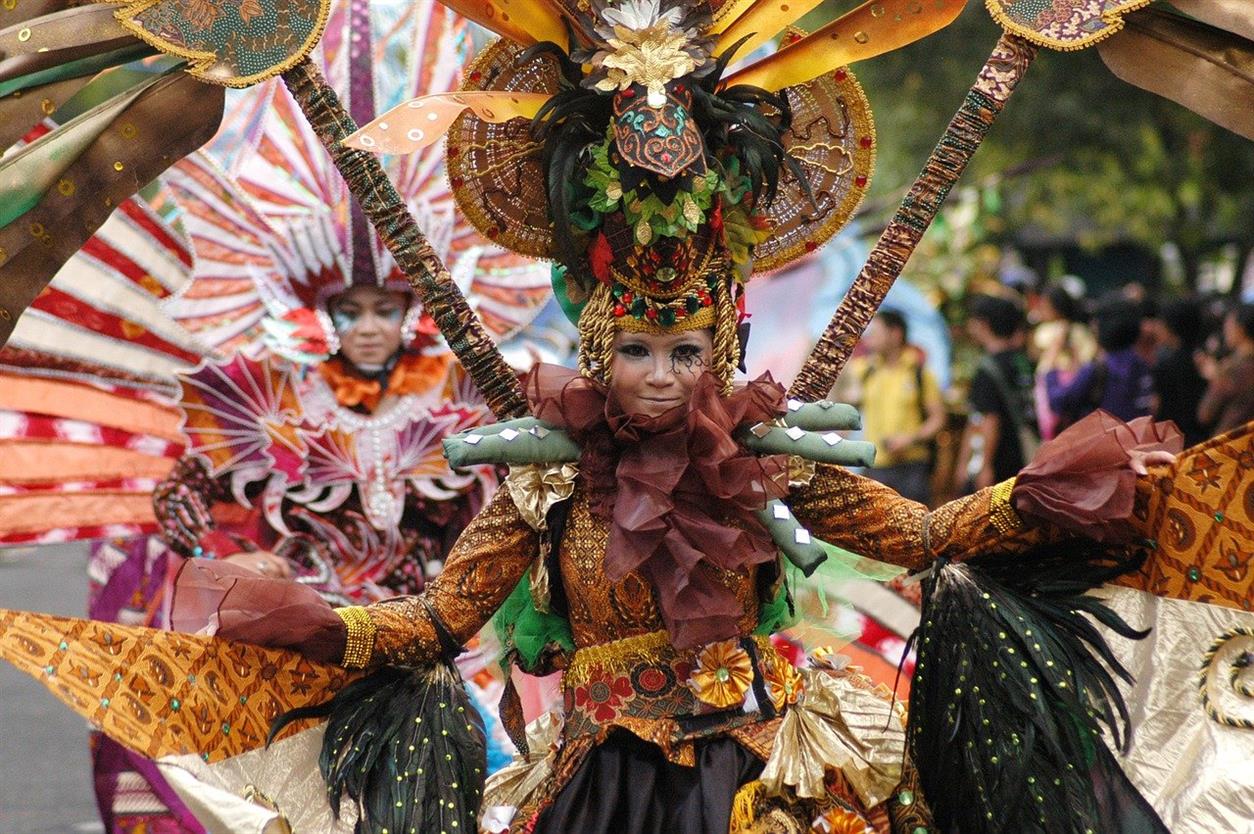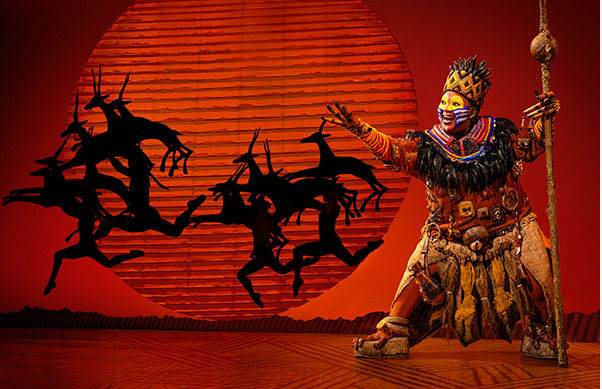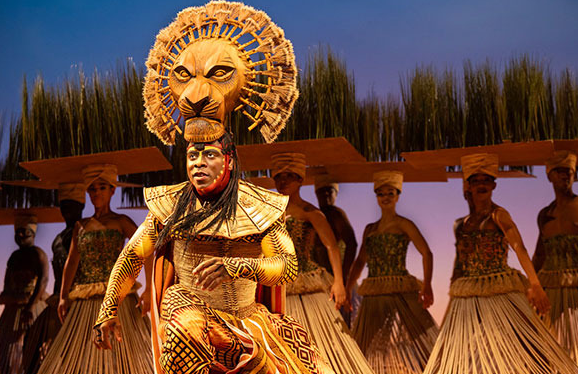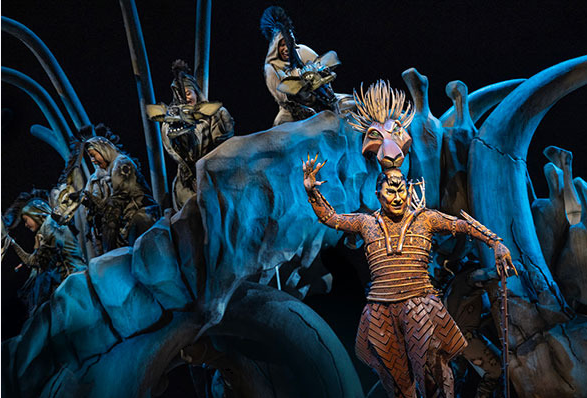Advertisement
Disney’s The Lion King remains one of the most beloved animated films of all time, captivating audiences with its rich storytelling, unforgettable characters, and stunning visuals. As the film celebrates its legacy, there’s an exciting opportunity to explore not just the film itself, but the process behind its creation, its historical context, and how educators can bring its magic into the classroom. In this article, we’ll take a deep dive into The Lion King’s production history, explore behind-the-scenes insights, and offer classroom activities that can enhance the experience for both students and teachers alike.
The Making of The Lion King: A Look at the Production History
Released in 1994, The Lion King was Disney’s 32nd animated feature film and marked a defining moment in the studio’s Renaissance period. Directed by Roger Allers and Rob Minkoff, The Lion King tells the coming-of-age story of Simba, a lion cub who overcomes personal loss and a sense of duty to reclaim his rightful place as king of the Pride Lands. Set against the backdrop of African savannas, the film combines the beauty of nature with powerful themes of responsibility, destiny, and the circle of life.
The production history of The Lion King is filled with inspiring stories of creativity and innovation. The film’s animation was groundbreaking for its time, featuring intricate hand-drawn animation paired with cutting-edge technology. One of the most famous moments in the film, the wildebeest stampede, was created using computer-generated imagery (CGI) in a way that had never been seen before in traditional 2D animation. The result was a seamless blend of artistry and technology that enhanced the storytelling experience.
Music also played an integral role in The Lion King’s success. With a score by Hans Zimmer and unforgettable songs by Elton John and Tim Rice, the soundtrack became iconic. Tracks like “Circle of Life,” “Hakuna Matata,” and “Can You Feel the Love Tonight” are still cherished by fans of all ages. The music’s ability to connect emotionally with viewers remains a testament to the film’s lasting impact.
Behind-the-Scenes Insights: Creativity and Collaboration
While audiences were swept away by the final product, the journey to creating The Lion King was nothing short of extraordinary. One key factor behind its success was the film’s collaborative environment. The filmmakers drew inspiration from African culture, wildlife documentaries, and even their own experiences in nature.
The animation team took a research trip to Africa, visiting countries like Kenya and Tanzania to better understand the landscapes and wildlife that would feature in the film. The team’s commitment to authenticity in depicting the African landscape resulted in beautifully crafted environments that captured the essence of the savanna. Artists meticulously studied the movements of animals to ensure that their depictions were as realistic as possible, adding depth and lifelike qualities to each character’s animation.
The film’s creative process also involved input from an array of talented professionals, from animators and storyboard artists to voice actors and musicians. The voice cast was led by James Earl Jones as Mufasa and Matthew Broderick as Simba, with Jeremy Irons providing a chilling performance as Scar. Their performances added emotional complexity to the characters, elevating the story to new heights.
In addition to the art and animation, The Lion King’s visual design played an essential role in immersing the audience in the world of the Pride Lands. The landscapes were designed to evoke the vastness of Africa’s wilderness, while the lighting and color palette gave the film a rich, vibrant feel that has become synonymous with its imagery.
Classroom Activities: Bringing The Lion King to Life in the Classroom
Educators can take full advantage of The Lion King’s multi-faceted elements to create meaningful and engaging activities for students. Here are a few ideas:
1. The Circle of Life: Exploring Themes of Nature and Ecosystems Incorporate The Lion King’s themes of ecosystems and the interdependence of all living things. Use the “Circle of Life” as a starting point to discuss food chains, habitats, and the importance of conservation. Have students create their own ecosystem models or research endangered species that are featured in the film.
2. Character Studies: Lessons in Leadership and Responsibility Simba’s growth from a carefree cub to a wise and responsible king offers rich material for discussing leadership, courage, and the responsibilities that come with power. Have students explore the qualities of effective leaders by comparing Simba’s journey with famous historical leaders or current global figures. Students can write essays or participate in group discussions on what makes a good leader.
3. Artistic Expression: Drawing Animal Characters The distinctive animation of The Lion King is a fantastic opportunity for art lessons. Students can try their hand at drawing their favorite characters or create their own animal designs. Teachers can explore different artistic styles, including realism, abstraction, and caricature, allowing students to experiment with various techniques to bring their ideas to life.
4. Music and Sound: Analyzing the Film’s Soundtrack The songs in The Lion King are more than just catchy tunes—they are integral to the storytelling. Students can analyze the lyrics of key songs, discussing how music sets the tone and enhances the emotional impact of certain scenes. They could even write and perform their own song inspired by a particular theme or character from the film.
5. Cultural Exploration: African Traditions and Folklore The Lion King is rooted in African culture, and educators can use this as an opportunity to teach students about the diverse cultures and traditions of the African continent. Lessons could include exploring African art, storytelling traditions, and the symbolism behind the film’s themes. This can help foster a deeper understanding and appreciation for global cultures.
A Timeless Classic for All Ages
The Lion King is more than just an animated film—it’s a cultural phenomenon that continues to resonate with audiences worldwide. From its groundbreaking animation and unforgettable music to its powerful storytelling and rich cultural themes, The Lion King offers an array of educational opportunities that can be explored both in and out of the classroom.By understanding the film’s production history, gaining behind-the-scenes insights, and engaging in creative classroom activities, educators and students alike can experience the magic of The Lion King in a deeper and more meaningful way. Whether you’re revisiting the film as a fan or introducing it to a new generation of viewers, The Lion King remains a timeless treasure that continues to inspire and educate audiences around the globe.












